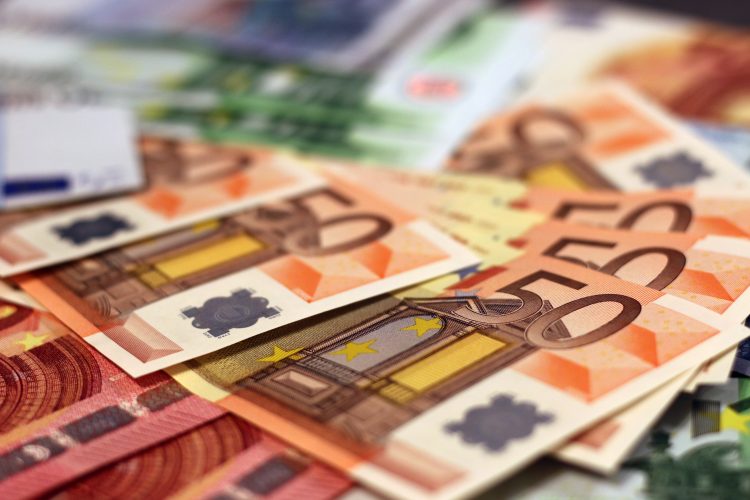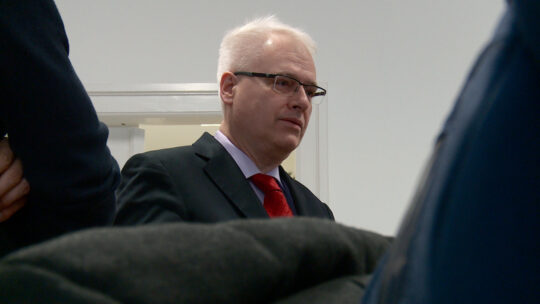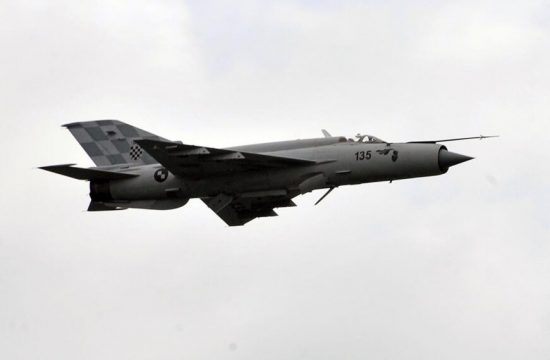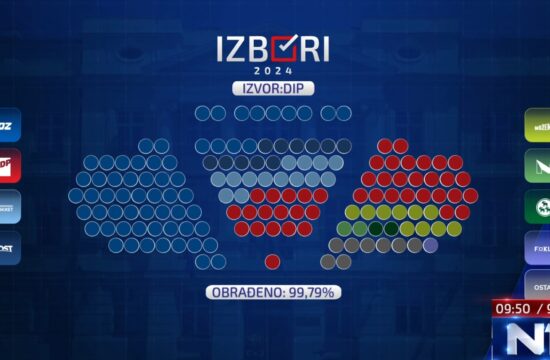
Analysts of the European Bank for Reconstruction and Development (EBRD) revised up the outlook for Croatia's economy in 2021, projecting GDP growth this year at 8.0 percent, or two percentage points more than the previous estimate released in June. The optimistic forecast is based on "surge in export of goods," they added.
In June, the EBRD had projected Croatia’s GDP would grow by 6.0 percent in 2021, bouncing back from a 8.4 percent drop in 2020. According to the bank’s latest report released on Thursday, the Covid-19 pandemic “has inflicted significant damage on the Croatian economy in 2020, as GDP declined by 8.0 percent, with private consumption, net exports, and investment recording negative contributions to growth.”
This year, however, the GDP growth rate of 8.0 percent should offset the economy’s shrinking in 2020, putting Croatia’s economy back to pre-pandemic levels by 2022. In 2022, however, Croatia’s GDP growth is projected at 4.2 percent, or 0.3 percentage points down from the previous EBRD projection from June this year.
Integration with EU markets
In spite of a 0.2 percent decline quarter-on-quarter in Q2 2021, the GDP recovery in the first half of 2021 “has been broad-based, reaching 7.5 percent growth year-on-year.”
“A highlight was the performance of goods exports, which were 21 percent higher in the second quarter of 2021 than in the second quarter of 2019 after a marginal decline in 2020, signalling improved trade integration with EU markets… Domestic demand was resilient as well, as both consumption and investment rebounded by 18
per cent year-on-year in the second quarter, although the latter declined in quarterly terms,” EBRD’s analysts said.
“Tourism, which normally accounts for around 20 percent of GDP, has also recovered above expectations during the summer of 2021… On the fiscal side, the government balance stood at -2.4 percent of GDP by August 2021, on the back of a strong revenues rebound… Energy prices are affecting the economy only to a certain degree, as the government will look to limit any price increases to the population, including by capping fuel prices,” they added.
The report pointed out that inflation rose to 3.3 percent in September, an eight-year high, driven mainly by food prices and transport costs.
“Taking into account the strong momentum of the economy, especially in the third quarter, the GDP growth forecasts have been revised up to 8.0 per cent in 2021 and 4.2 per cent in 2022.”
Downside risks – low vaccination rate
“Downside risks are related to the weakening external outlook and possible containment measures as the vaccination rate lags behind the EU average,” they said.
The Central Europe and the Baltics region expects to see a combined growth of 5.2 percent. This means that the projection for this region, which includes Croatia, was raised from the earlier 4.8 percent.
“Output in central Europe and the Baltic states (CEB) is expected to increase by 5.2 percent in 2021 and 4.7 percent in 2022, reflecting better-than-expected results in the first half of 2021, although supply chain disruptions weighed on growth in some economies… The economies of the CEB region increased, on average, by 5.1 percent in the first half of 2021, as the majority of Covid-19 restrictions were lifted. Most countries managed to recover to pre-pandemic levels, with Estonia and Lithuania already achieving this in the first quarter of 2021,” the report said.
Bittersweet recovery
“While these are encouraging developments, the recovery is bittersweet,” EBRD’s analysts said.
“High prices of natural gas, oil and other commodities weigh on the trade balances of energy importers, in particular in the southern and eastern Mediterranean. They may also test the public’s resolve for greening and put pressure on governments to step in to mitigate the burden of higher energy expenses on low-income households,” they added.
“The first half of 2021 brought a robust rebound. But we are now seeing growing cause for concern. While high commodity prices benefit exporters, they weigh heavily on the trade balances of importers. The supply of affordable energy as we enter the winter period is becoming a serious worry, especially since governments’ headroom is limited,” EBRD’s Chief Economist, Beata Javorcik, said, commenting on the report.





Kakvo je tvoje mišljenje o ovome?
Budi prvi koji će ostaviti komentar!